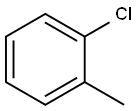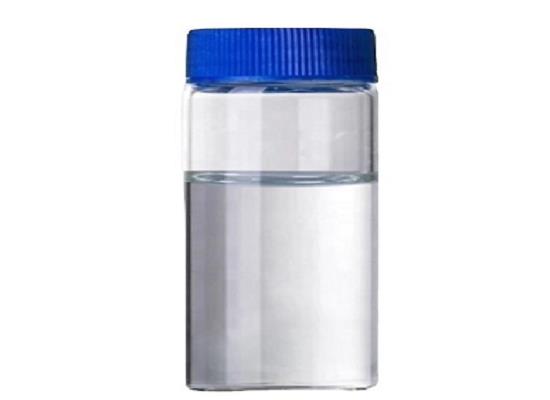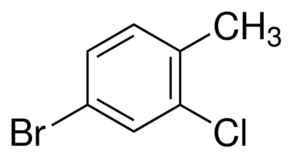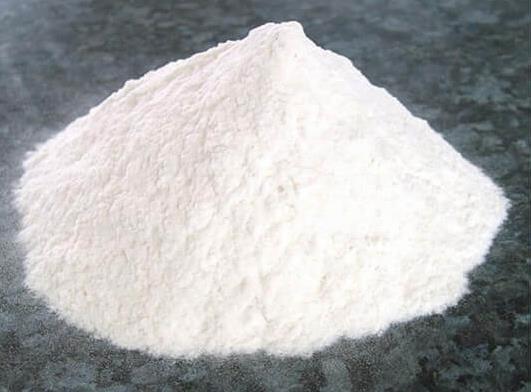2-Chlorotoluene: Overview and Degradation by Rhodococcus sp.
General Description
2-Chlorotoluene, commonly utilized in industrial processes, poses significant environmental threats due to its persistence and toxicity. While limited research has been conducted on its biodegradation, the bacterial strain Rhodococcus sp. OCT 10 DSM 45596(T) has demonstrated exceptional capabilities in completely mineralizing 2-chlorotoluene, along with related pollutants. The degradation pathway involves the conversion of 2-chlorotoluene into 4-chloro-3-methylcatechol, subsequently degraded via the meta cleavage pathway. This unique mechanism prevents the formation of harmful by-products, ensuring environmental safety. Further research evaluated additional Rhodococcus strains for their mineralization abilities, with OCT10 exhibiting superior performance, meeting stringent emission limits even under challenging conditions. Addition of ammonia as a nutrient improved degradation efficiency, and continuous monitoring confirmed the long-term stability and reliability of Rhodococcus sp. OCT 10. These findings highlight the promising role of Rhodococcus strains, particularly OCT10, in mitigating the environmental impact of 2-chlorotoluene pollution across various industrial sectors, offering potential for practical applications in bioremediation efforts.
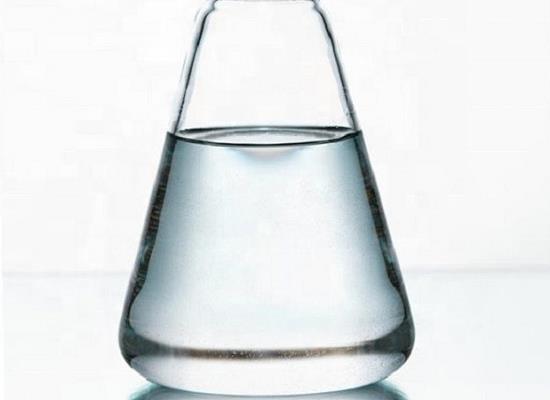
Figure 1. 2-Chlorotoluene
Overview
2-Chlorotoluene is a chemical compound commonly used in the production of various industrial products such as pharmaceuticals, agrochemicals, dyes, and pigments. However, its wide use has led to significant emissions, resulting in contamination of soil, groundwater, and surface waters. This poses a severe environmental threat, especially in areas near industrial sites that use 2-chlorotoluene. The degradation of 2-chlorotoluene is crucial for reducing its harmful effects on the environment. While several organisms capable of mineralizing other chlorotoluenes and halogenated monocyclic aromatics have been studied, only limited research has been conducted on the degradation of 2-chlorotoluene. Therefore, more comprehensive studies are required to understand the pathways and mechanisms of 2-chlorotoluene degradation fully. Efficient degradation of 2-chlorotoluene is essential for the remediation of contaminated soils and waters. Therefore, it is vital to identify and develop microbial strains capable of degrading 2-chlorotoluene. Understanding the mechanisms used by these organisms can lead to the development of effective bioremediation techniques that reduce the environmental impact of 2-chlorotoluene. Overall, addressing the issue of 2-chlorotoluene contamination is crucial for protecting the environment and ensuring sustainable development. 1
Degradation
2-Chlorotoluene, a hazardous compound commonly found in industrial processes, poses significant environmental risks due to its toxicity and persistence in aquatic ecosystems. Limited evidence of its biodegradation has been observed, with only a few bacterial strains previously identified for their ability to degrade this compound effectively. One such strain, Rhodococcus sp. OCT 10 DSM 45596(T), has demonstrated remarkable capabilities in completely mineralizing 2-chlorotoluene, along with other related pollutants like 2-bromotoluene, o-xylene, benzyl alcohol, and benzoate. The degradation process of 2-chlorotoluene by Rhodococcus sp. OCT 10 involves the conversion of the compound into 4-chloro-3-methylcatechol, identified as the central intermediate through advanced analytical techniques such as GC-MS and (1)H-NMR analyses. This intermediate is further degraded via enzymes associated with the meta cleavage pathway, showcasing a unique mechanism specific to this bacterial strain. Notably, the absence of enzymes related to the ortho cleavage pathways prevents the formation of harmful by-products during the degradation process, ensuring environmental safety. In further research efforts to enhance 2-chlorotoluene degradation, three additional Rhodococcus strains (OCT2, OCT9, and OCT14) were isolated and evaluated for their mineralization capabilities in pilot-scale biotrickling filters. Among these strains, OCT10 exhibited superior performance levels, effectively meeting stringent emission limit values even under challenging conditions. The addition of ammonia as a nutrient significantly improved degradation efficiency, with chloride balancing confirming the successful elimination and recovery of 2-chlorotoluene from the gas phase. Continuous monitoring utilizing BOX-PCR fingerprinting demonstrated the long-term stability and reliability of Rhodococcus sp. OCT 10, indicating its potential for practical applications in bioremediation efforts targeting environments contaminated with 2-chlorotoluene. Overall, the study highlights the promising role of Rhodococcus strains, particularly OCT10, in mitigating the environmental impact of 2-chlorotoluene pollution across various industrial sectors and application scenarios. 1,2
Reference
1. Dobslaw D, Engesser KH. Degradation of 2-chlorotoluene by Rhodococcus sp. OCT 10. Appl Microbiol Biotechnol. 2012;93(5):2205-2214.
2. Dobslaw D, Engesser KH. Biodegradation of gaseous emissions of 2-chlorotoluene by strains of Rhodococcus sp. in polyurethane foam packed biotrickling filters. Sci Total Environ. 2018;639:1491-1500.
Related articles And Qustion
Lastest Price from 2-Chlorotoluene manufacturers
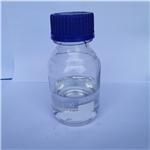
US $10.00/KG2025-04-21
- CAS:
- 95-49-8
- Min. Order:
- 1KG
- Purity:
- 99%
- Supply Ability:
- 10 mt
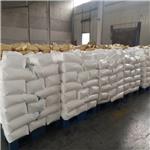
US $0.00-0.00/kg2025-04-21
- CAS:
- 95-49-8
- Min. Order:
- 1000kg
- Purity:
- 99.8%
- Supply Ability:
- 100000ton
